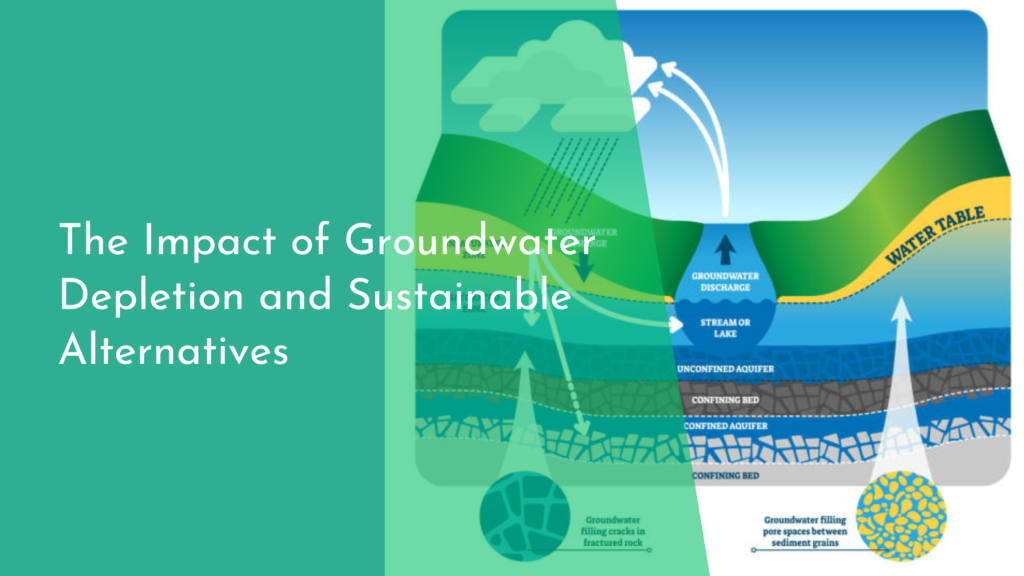Partnerships Between Universities and Municipalities for Rainwater Projects
As cities worldwide grapple with the challenges posed by climate change, urban flooding, and water scarcity, innovative solutions are becoming increasingly vital. One promising avenue is the collaboration between universities and municipalities focused on rainwater management. These partnerships leverage academic research and community needs to create effective strategies for capturing, managing, and utilizing rainwater. This article explores the synergy between educational institutions and local governments, highlighting the innovative projects that emerge from these alliances, their benefits for urban development, and successful case studies that demonstrate their impact.
Exploring Collaborative Rainwater Solutions for Communities
In recent years, cities have faced heightened challenges related to extreme weather patterns, which can lead to significant rainfall and flooding. This has prompted a rethinking of traditional water management systems. Universities, with their research capabilities and access to cutting-edge technology, are well-positioned to assist municipalities in developing sustainable rainwater management strategies. By working together, these institutions can create tailored solutions that consider local geography, climate, and community needs.
Collaboration often begins with research initiatives where students and faculty engage with municipal leaders to identify specific challenges. These discussions lead to the implementation of pilot projects, educational programs, and community workshops that enhance awareness and encourage participation. The efforts are not just theoretical but grounded in practical applications that address the pressing needs of urban populations, fostering a culture of resilience and sustainability.
Innovative University-Municipality Partnerships in Action
One remarkable aspect of these partnerships is the variety of projects that can arise. For instance, universities may help municipalities design green infrastructure such as rain gardens, permeable pavements, and bioswales. These installations not only capture and manage stormwater but also beautify urban spaces and enhance biodiversity. Moreover, academic institutions often conduct research on the effectiveness of these solutions, providing data that can inform future projects and policies.
Some universities have taken this collaboration a step further by integrating real-world projects into their curricula. Students engage in service-learning courses where they apply their knowledge to solve genuine community issues. This not only enriches the educational experience but also fosters a sense of ownership among students who see their efforts translate into tangible outcomes for the community. These hands-on experiences can inspire the next generation of urban planners and environmental scientists while simultaneously benefiting the municipalities they serve.
Benefits of Rainwater Projects for Urban Development
The benefits of collaborative rainwater projects extend far beyond effective water management. First and foremost, capturing rainwater helps cities mitigate flooding, which is a growing concern in many urban areas. By reducing runoff and enhancing infiltration, these projects can lead to cleaner waterways and reduced erosion. Additionally, utilizing rainwater for irrigation and other non-potable uses can alleviate pressure on local water supplies, a critical factor as urban populations continue to grow.
Moreover, these initiatives often promote community engagement and education. As residents become involved in rainwater management practices, they develop a deeper understanding of environmental stewardship and sustainability. This increased awareness can lead to more significant community support for future projects and policies, fostering a culture of collaboration that benefits everyone. The positive impact on local ecosystems and public health further underscores the importance of these partnerships in creating livable and resilient urban environments.
Success Stories: Transforming Cities Through Collaboration
Several cities have become exemplars of the successful collaboration between universities and municipalities in rainwater management. For instance, in a joint initiative in Portland, Oregon, local universities collaborated with city officials to develop a comprehensive stormwater plan that integrates green infrastructure into urban design. The partnership resulted in several innovative projects, including green roofs and enhanced natural drainage systems, which not only managed rainwater effectively but also reduced energy costs and increased green spaces.
Another notable example is the collaboration in Toronto, Canada, where local universities joined forces with the city to create the Toronto Rain City Strategy. This initiative aims to transform the city into a global leader in sustainable water management. Through research, community engagement, and innovative design, the partnership has led to the development of rainwater harvesting systems, increased urban greenery, and educational programs that empower residents to take part in water conservation efforts. These success stories illuminate the transformative power of collaboration in creating more resilient and sustainable urban environments.
As urban areas continue to expand and face the realities of climate change, the partnerships between universities and municipalities will play a crucial role in developing sustainable solutions for rainwater management. By harnessing the resources and expertise of academic institutions, cities can implement innovative projects that not only address immediate challenges but also foster long-term resilience. The collaborative spirit of these initiatives underscores the importance of community involvement and education in building a sustainable future. Together, universities and municipalities can create thriving urban spaces that prioritize both environmental health and the well-being of their residents.

